TechRadar Verdict
Panasonic hit something of a sweet spot with the first version of this camera, and although it's complex and fiddly in some areas the Lumix LX100 II has lost none of the original's appeal. A brilliant compact for the enthusiast photographer.
Pros
- +
Excellent image quality
- +
Responsive autofocus
- +
Innovative multi-aspect sensor
- +
Good body-mounted controls
Cons
- -
Sluggish zooming
- -
Fixed rear screen
- -
Somewhat fiddly digital interface
Why you can trust TechRadar
The Lumix LX100 II is the long-awaited follow-up to Panasonic's brilliant high-end compact camera, the Lumix LX100.
With some cameras you’re looking for a single killer feature, such as resolution for commercial photographers, or speed for sports shooters, while if your interest is travel and street photography you need a more complex balance of qualities – and the Panasonic Lumix LX100 II appears to provide pretty much everything. This is, without a doubt, among the best compact cameras out there.
Features
- 17MP multi-aspect Micro Four Thirds sensor
- 24-75mm f/1.7-2.8 standard zoom lens
- 4K video capture
While most premium compacts, like the Sony RX100 VI and Panasonic's own Lumix ZS200 / TZ200, have opted for a 1-inch sensor, the Lumix LX100 II features a larger Micro Four Thirds sensor that's some 1.6 times larger than the 1-inch variety. That said, there are compacts with even larger APS-C sensors available, namely the Canon PowerShot G1 X Mark III and Fujifilm X100F.
While both the G1 X Mark III and X100F also feature 24MP resolutions, the Lumix LX100 II features a 20MP sensor that's carried across from the Lumix GX9. However, the multi-aspect ratio design means that to avoid narrowing the field of view, only up to 85% of the image area of the sensor is used, resulting in a maximum possible resolution of 17MP (up from 12MP on the original LX100). There's a choice of four aspect ratios (4:3, 3:2, 16:9 and 1:1), which can be selected with the flick of a switch.
Sensor: 17MP Micro Four Thirds HS MOS
Lens: 24-75mm f/1.7-2.8 lens
Screen: 3.0-inch touchscreen, 1,240,000 dots
Burst shooting: 30fps (at 8MP)
Autofocus: 49-area AF
Video: 4K
Connectivity: Bluetooth and Wi-Fi
Battery life: 340 shots
Weight: 392g (including battery and card)
Panasonic's opted not to tinker with the zoom lens, with the Lumix LX100 II featuring the same 24-75mm Leica DC Vario-Summilux f/1.7-f/2.8 lens as the original camera. It may not have the broad zoom range of some compacts, but when you consider the fast variable maximum aperture available (although the f/1.7 marking on the aperture ring only applies at the widest zoom setting), it's impressive stuff considering the size of the lens.
Panasonic has achieved this by designing the lens to feature six optical groups that can all be moved independently, and five aspherical lenses with extra dispersion properties to control chromatic aberration. The focal range is more than adequate for general shooting as well, covering everything off from wide landscapes to short telephoto shots, while the fast variable maximum aperture makes it a versatile piece of glass.
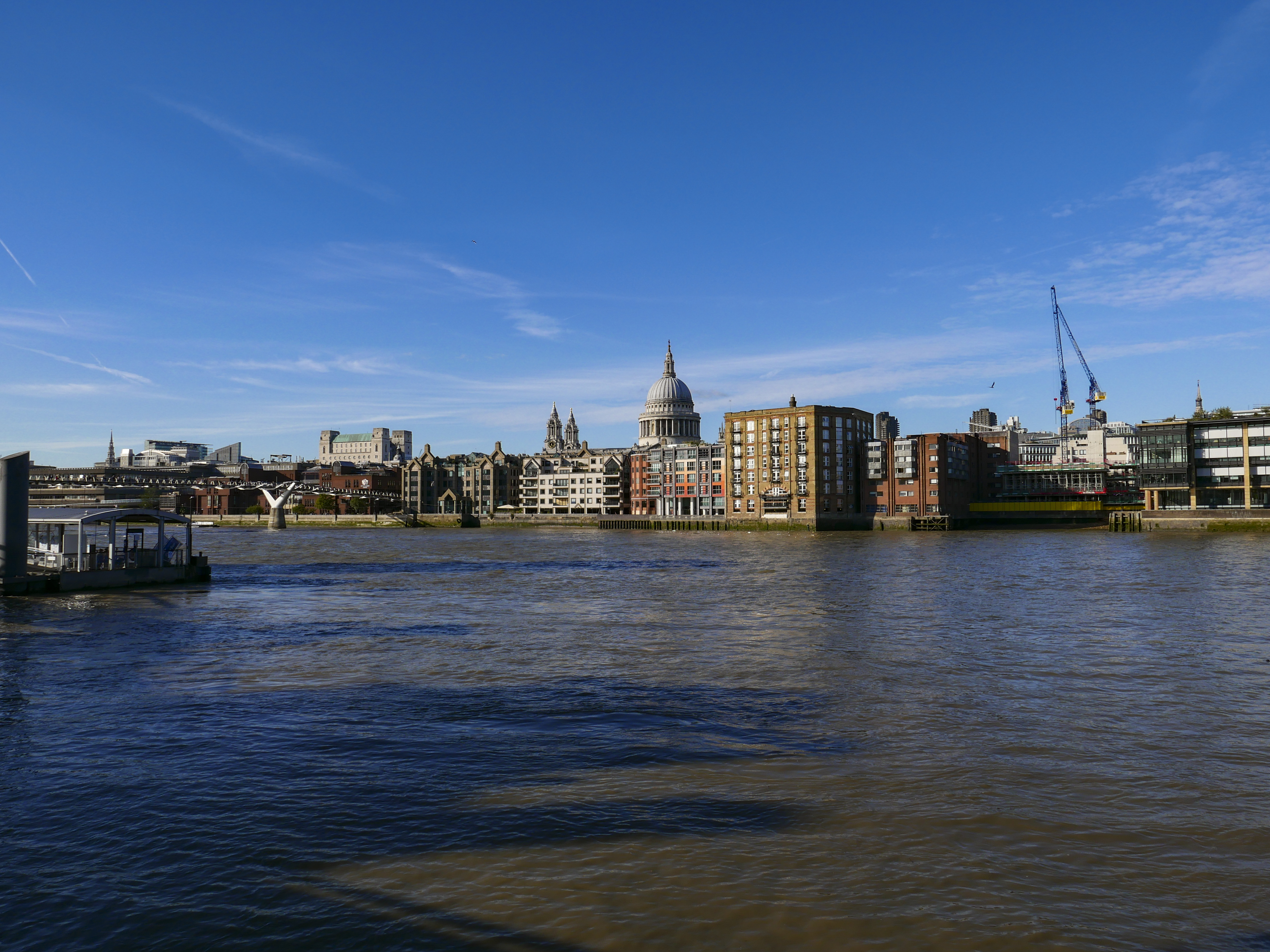
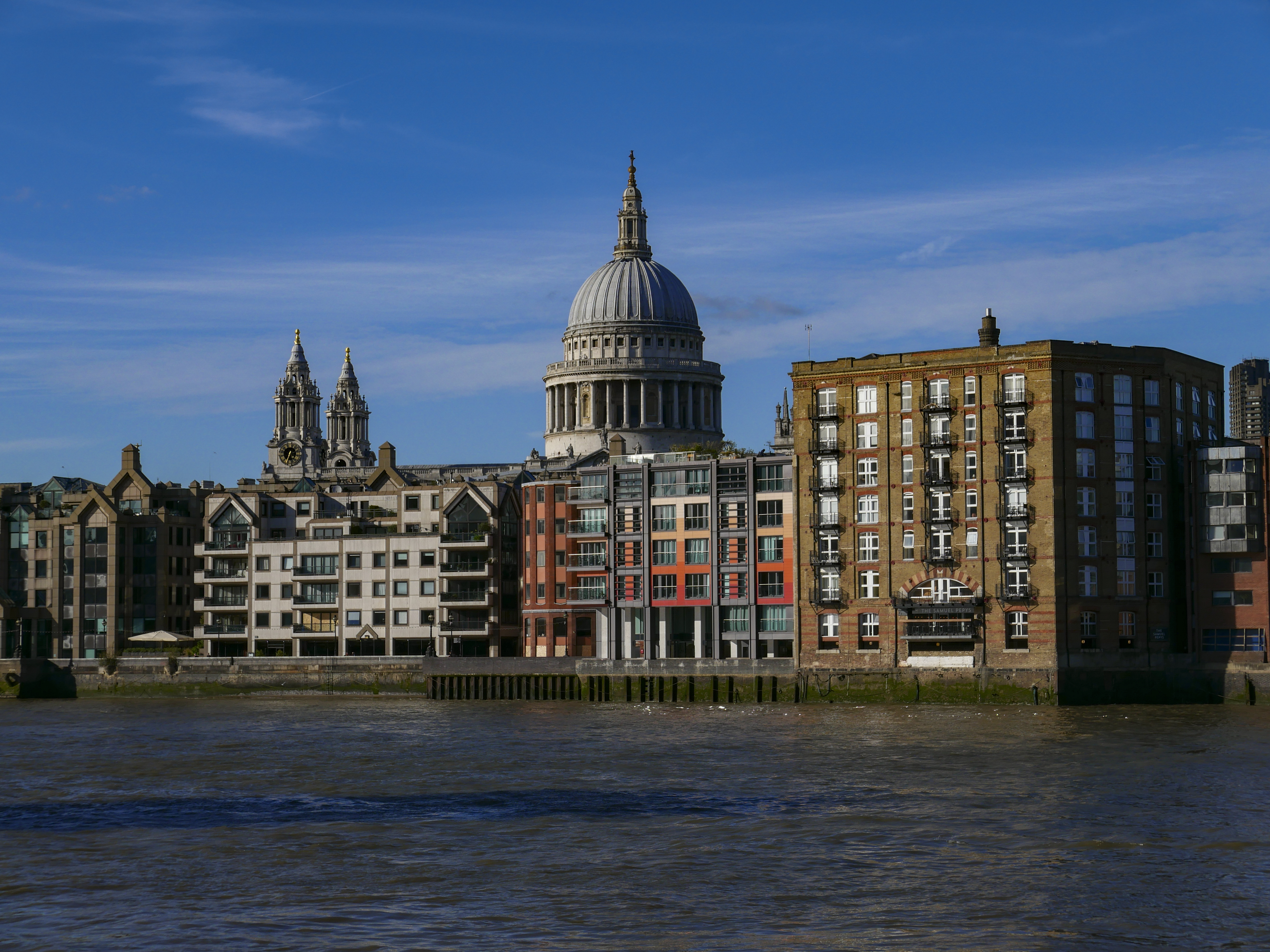
The Lumix LX100 II gets touchscreen functionality, while the electronic viewfinder offers a large 2.76-million dot resolution. It's worth noting though that this is a sequential design, with red, green and blue elements displayed in quick succession that produce a display which you perceive as a full-color rendering. This can result in a 'tearing' effect if you move the camera quickly or your subject moves quickly, which is why OLED displays are preferred, as all three colors are displayed simultaneously.
The Lumix LX100 II can shoot 4K video, but be aware that this crops in on the center of the sensor, resulting in a 1.34x crop factor, so the widest focal length possible is 32mm.

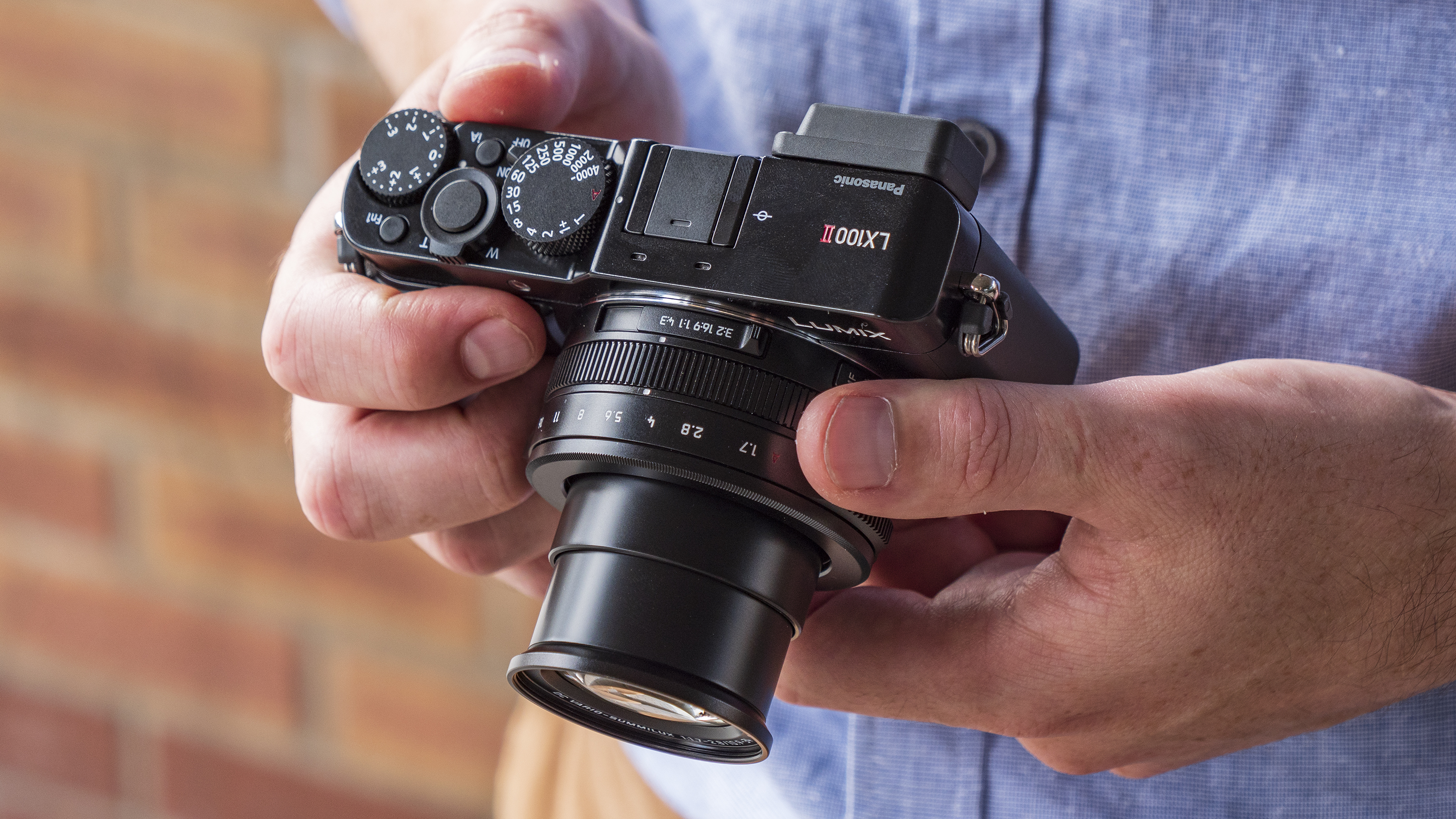
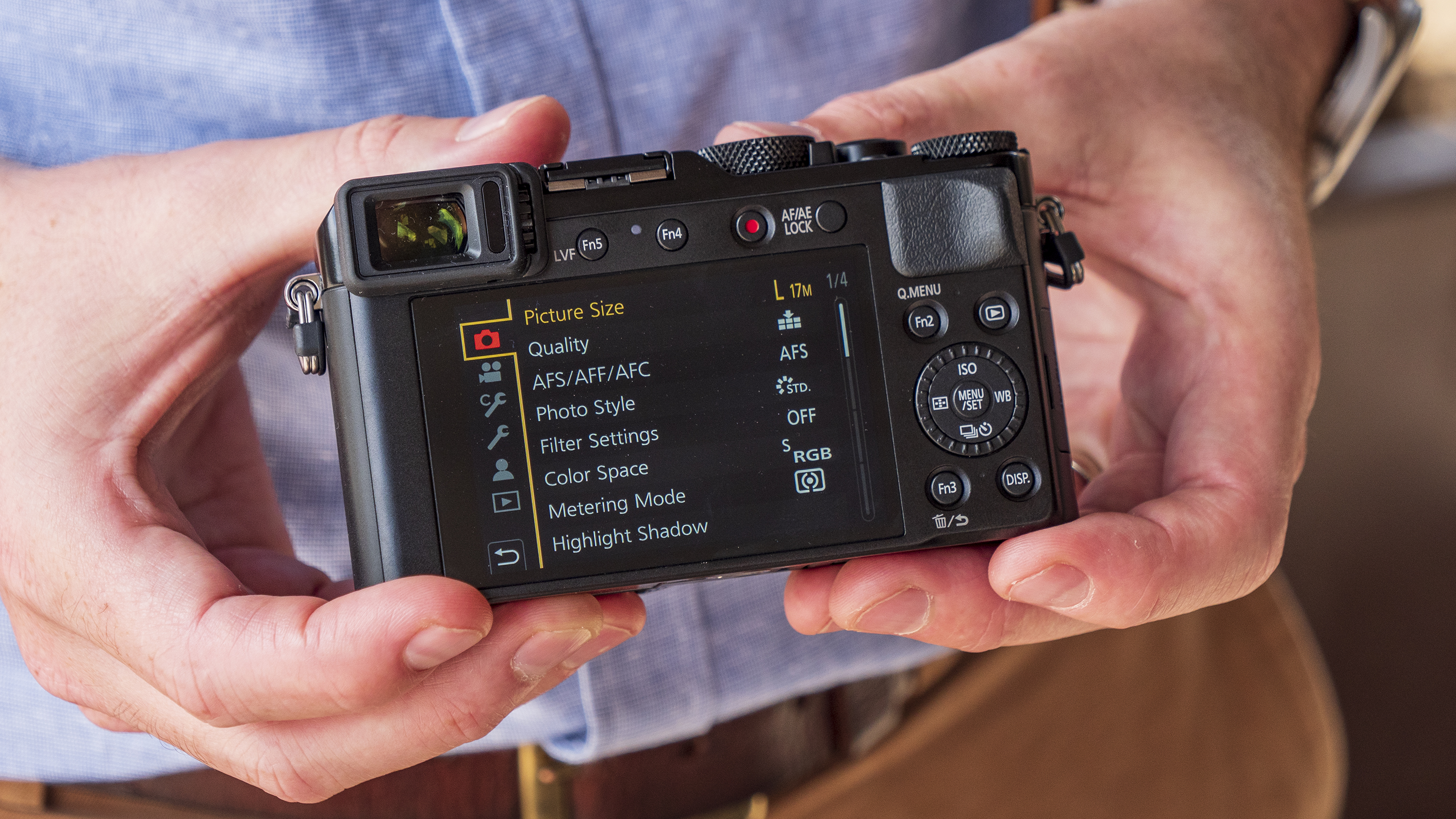
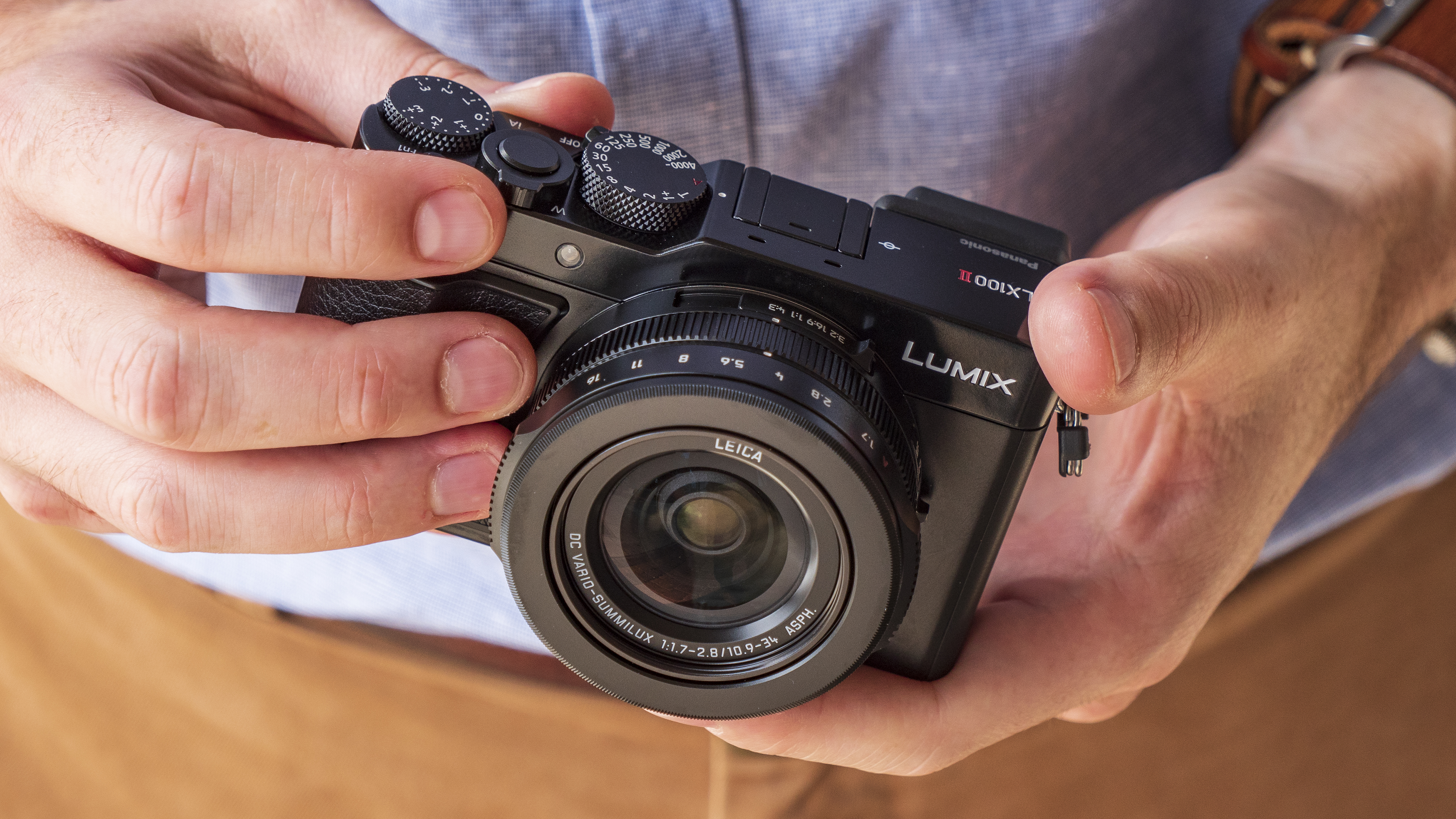
You do get all of Panasonic's clever 4K Photo shooting modes, however, including Post Focus, Sequence Composition and Focus Stacking, as well as the ability to shoot at 30fps. You'll only get 8MP JPEG files, *in these modes* but, they can make the difference between getting a shot and not.
Elsewhere the Lumix LX100 II’s Picture Styles now include Panasonic’s latest L.Monochrome and L.Monochrome D options, and you can now charge the camera via USB from a power bank or a laptop computer, while Bluetooth connectivity has been added. This allows your smart device to stay constantly connected to the Lumix LX100 II without using up too much juice, with a Wi-Fi connection made when it's time to transfer images.
Phil Hall is an experienced writer and editor having worked on some of the largest photography magazines in the UK, and now edit the photography channel of TechRadar, the UK's biggest tech website and one of the largest in the world. He has also worked on numerous commercial projects, including working with manufacturers like Nikon and Fujifilm on bespoke printed and online camera guides, as well as writing technique blogs and copy for the John Lewis Technology guide.
